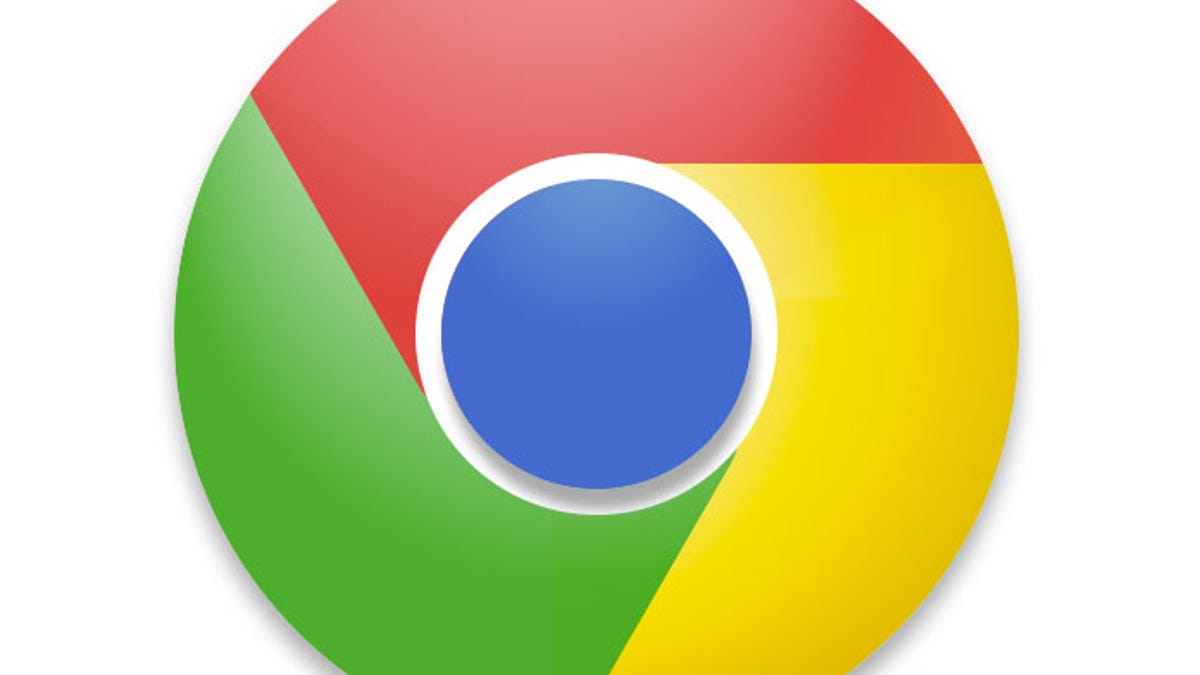Microsoft building touch-screen feature into Chrome
To spread its flexible Pointer Events interface beyond Windows 8 and IE10, Microsoft programmers are trying to build support into Google's browser.

Through the peculiar dynamics of Web standard politics and the open-source programming cooperation, Microsoft is helping Google with support for a feature to let browsers flexibly handle input from touch screens, mice, and pens.
Monday, the Redmond-based company announced on the Blink mailing list that it's planning to write a version of its Pointer Events technology for Blink, the open-source browser engine project at the heart of Google's Chrome browser. The move came on the eve of Google I/O, the developer show where Chrome and Chrome OS share the developer spotlight with Android, Google+, Glass, and other technologies.
The interface, which uses the same approach as in Windows 8 and Windows Phone 8, already is built into Internet Explorer 10. The World Wide Web Consortium last week promoted the Pointer Events specification to "candidate recommendation" status, an important step on the path to standardization.
Scott Blomquist, senior development lead for the Microsoft Open Technologies subsidiary, explained Microsoft's motivation for adding the support to Chrome:
Pointer Events elegantly unifies the interface for different input technologies (mouse, touch, pen) thereby simplifying developer workload and code complexity. Furthermore, it automatically addresses common coding challenges for increasingly ubiquitous device types that allow multiple types of input at the same time. It provides a future-proof abstraction that will allow Pointer Events-enabled web pages to leverage any new input technologies with little if any modifications at all. The API is already supported by Internet Explorer.
Microsoft already had built a test version of Pointer Events support for WebKit, the browser engine project from which Blink diverged earlier this year.
Just announcing the intention to implement a specification on the Blink mailing list doesn't mean it will be accepted into Chrome, but the response seemed generally favorable.
And in a blog post, Microsoft said the standardization work shows plenty of cooperation around creation of the specification.
"This progression from Last Call Working Draft to Candidate Recommendation is a mark of the effective collaboration among Microsoft Corp., Google, Mozilla, Opera, Nokia, jQuery, and others to help sites take advantage of new interactive devices for the Web," said Asir Vedamuthu Selvasingh and Adalberto Foresti, both principal program managers for Microsoft Open Technologies, in a blog post.
Dave Methvin, president of the jQuery Foundation, is one supporter. jQuery is widely used software that Web programmers use to build advanced user-interface features into Web sites and Web apps.
"We see Pointer Events as a great way to unify the haphazard models that exist today for mouse, touch, and other pointer devices. Our team looks forward to supporting web developer use of Pointer Events as implementations begin to arrive," Methvin said in an endorsement on Microsoft's blog.

